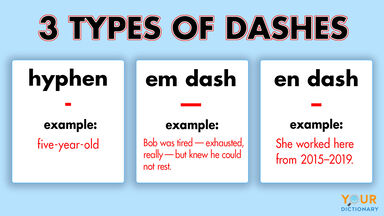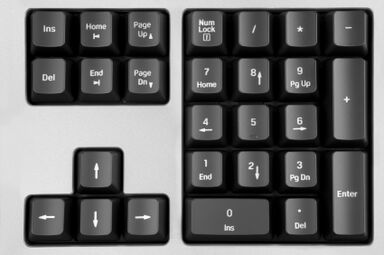Unicode Definition
yo͝onĭ-kōd
noun
A character encoding standard for computer storage and transmission of the letters, characters, and symbols of most languages and writing systems.
American Heritage
Related Articles
Find Similar Words
Find similar words to Unicode using the buttons below.

